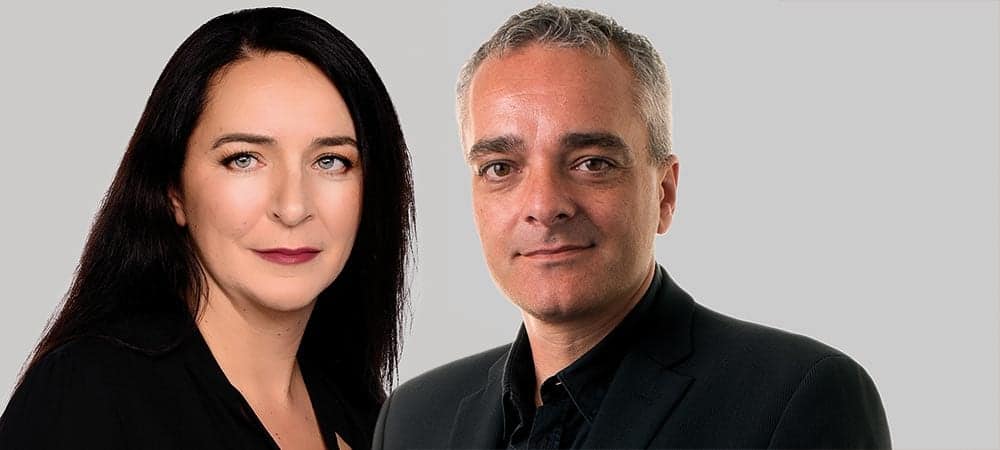Health is (also) an IT issue
![[shutterstock.com: 530127004, Sergey Nivens]](https://e3mag.com/wp-content/uploads/2020/10/shutterstock_530127004.jpg)

Hospitals in Germany treat more than 19 million patients every year, and the logistics requirements are extremely complex. To ensure that everything runs smoothly, they need the right IT infrastructure. The organizational and administrative services required for smooth operation in a hospital are enormous.
The dimensions of a university hospital are comparable to those of a small town. A prototypical university hospital comprises about 100 different buildings, is divided into different "districts" with more than 200 own vehicles, gas stations, etc., and has a total of about 1,000 employees.
The main organizational units of a modern hospital are the various institutes, clinics and wards, the medical technology department and the pharmacy. Behind these lie supporting organizational units and systems such as administration, facility management, business operations, the computer center, and training, education and research facilities.
The logistical challenges are breathtaking: Every day, 1400 different receiving points are supplied with goods in a university hospital, and approximately 7.5 million packages of medicines are consumed per year. In addition, there is the management and monitoring of all medical supplies, spare parts, and the creation of supply routes and personnel schedules.

In addition, there are complex information flows that are influenced by fluctuations in performance that cannot be calculated in terms of time, emergencies, changes at short notice and the individual needs of patients and employees.
SAP ERP is also the preferred enterprise resource planning system in the hospital sector. And as always, the healthcare sector also needs specific solutions for the concrete requirements. Snap Consulting has been involved in the healthcare sector since the turn of the millennium, and the focus of the company, which is based in Vienna and Hallbergmoos near Munich, is on consulting and development in the area of hospital logistics.
The expertise built up over almost twenty years has resulted in numerous developments that now represent the standard applications within SAP. These "solutions from SAP powered by snap(WARE)" cover essential stages of medical care. The SAP module GHT-APM (health care template pharmacy management) closes the gap between material logistics and care.
It provides suitable procedures for automatic processing, recording consumption data and material requirements. With the GHT-Mobile application, these are also always available to the supervising staff on the move, i.e. mobile. The GHT-VPM catering management tool covers the area of meal recording including nutritional advice and nutritional value control - naturally linked to the current diagnosis, menu planning and purchasing of the commercial kitchen.
There is a whole range of Snap Healthcare applications for the area of materials management: starting with requisitioning, through ordering and recording (barcode scanning), to legally compliant verification of incoming goods, including comparison with the relevant national and European databases.
And last but not least, SAP add-ons from Snap also support the area of maintenance and repair in the hospital sector. Buildings, components and spare parts, including maintenance intervals and stock levels, can be recorded and organized in an attractive interface.
At present, for example, the rapid recording and documentation of cleaning and disinfection services is essential. To help with this, Snap Healthcare has developed RuDi for SAP Fiori and made the SAP-compatible program available to its customers free of charge.
What is often delivered in a complex way in the universally positioned SAP ERP, the consultants try to make simple, so that hospital employees can quickly operate the applications. Particularly against the backdrop of frequently changing employees, it is important that the operating elements are practical and can be quickly grasped.
Health is also an IT issue, but the technology is there to support the facilities and their acting persons in their tasks and in their processes. This is all the more true in challenging times.






